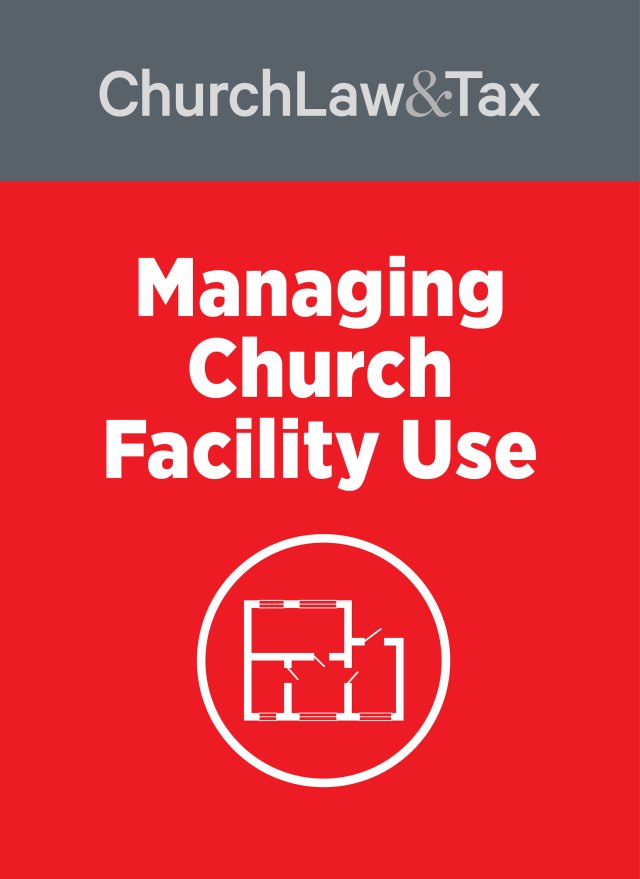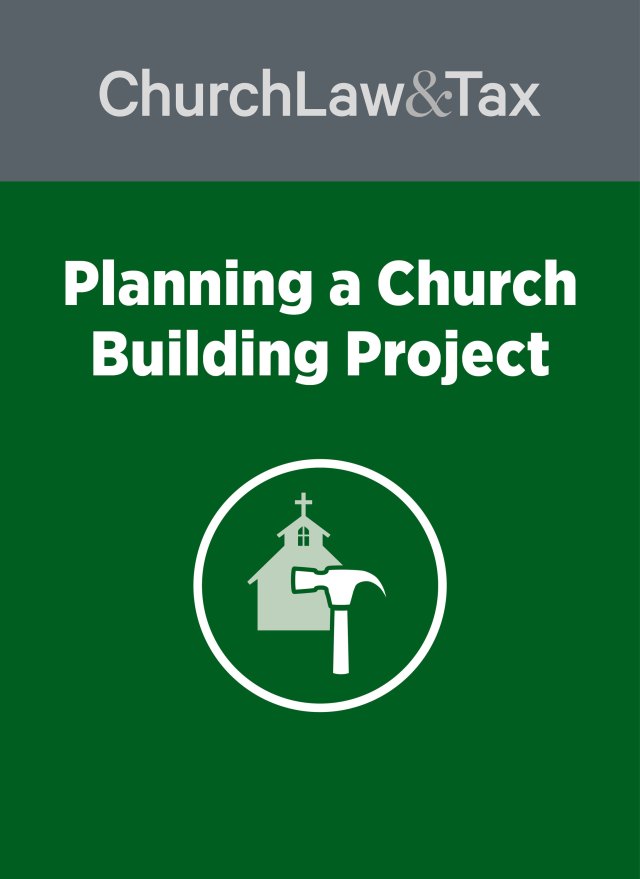• Key point. A church may be liable for damages caused by an independent contractor exceptions. According to one exception, a church may be liable if, having been informed of a risk that the contractor has discovered, it requires the contractor to carry out its original orders or instructions.
* A Tennessee court ruled that a church was responsible for damages to vehicles in an adjacent car lot caused by “paint overspray” that occurred during a construction project. A church, acting as its own general contractor, began constructing a 9,000-square-foot general purpose building in back of its existing building. The church hired a painting subcontractor to paint the steel beams supporting the roof and instructed him to perform the work on a specified day.
The night before the painting was to begin, the painter called the church’s construction supervisor to express his concern about the spray painting planned for the next day because the wind would be blowing in the “wrong direction.” According to the painter, the church’s construction supervisor instructed the painter to begin the work anyway “because I should have had this done a month or two months before.” When the painter arrived at the job site the next morning he again warned the construction supervisor as follows: “It is not a good day to be doing it. Need to wait for a north wind, you know, that would help. It would carry it all right up the hill away from everybody and everything. Matter of fact, why don’t you just block this building up. Just wait, block it up, let me bring the lift in here and you won’t have no problems with nobody.” The painter claimed that the church’s construction supervisor consulted with the church elder responsible for the project, and then instructed him to begin spray painting.
Later in the day, after the painting had begun, the wind started blowing very hard toward a Chevrolet auto dealership located next door to the church. The church construction supervisor put up some tarpaulins to catch the overspray. In response to the painter’s concern that the tarpaulins were not staying up, the supervisor allegedly told him, “Look, it is raining. It’s wet. Besides, calm down. Don’t panic. You worry too much, son. Don’t worry. That is what insurance is for.” The painter continued working for several more hours. Later that afternoon a representative of the auto dealership informed the church that many of the new cars on its lot were covered with fine droplets of silver paint. It was later determined that the paint spray damaged 52 new vehicles, 37 used vehicles, and 3 vehicles owned by dealership customers.
The dealership sued the church, claiming that the paint overspray had caused financial damages of $718,000, consisting mostly of lost profits attributable to the lengthy delays incurred in cleaning and then selling the damaged cars. The church denied liability on the ground that it was not responsible for the negligent acts of the construction supervisor and the painter because they were independent contractors. The church also asserted that the financial impact of the overspray incident on the dealership’s profits was minor and relatively short-lived. The trial court awarded the dealership $344,000 in damages, and the church appealed.
A state appeals court noted that the employer of an independent contractor is “not automatically liable for physical harm caused to another by the contractor’s negligence,” but noted that this general rule was subject to numerous exceptions. According to one exception an employer is liable for the acts of an independent contractor “if, having been informed of a risk that the contractor has discovered, it requires the contractor to carry out its original orders or instructions.” For this exception to apply “the employer must have retained sufficient control that the independent contractor is not entirely free to perform the work in his or her own way.”
The court pointed out that the risk of overspray “should have been known by the church when it contracted with the painter to spray paint the steel beams on its new building. Even if the church, for some reason, was unaware that spray painting had an inherent risk of overspray, it had actual knowledge of the overspray problem … when the painter expressed his concern about spray painting [on the day the painting was to begin] because of the wind conditions. Despite these warnings, the church and its construction supervisor instructed the painter to begin spray painting, and the construction manager insisted that the spray painting continue even after the wind blew down several of the tarpaulins that had been erected to minimize the dispersion of the overspray by the wind.”
Based on these facts, the church “either knew or had reason to know that spray painting, even when properly performed, carried with it a risk of overspray that could damage other’s property. Because the church was both the property owner and its own general contractor, it retained sufficient control over the project to decide when the various parts of the work, including the spray painting, would be carried out. Based on its actual and imputed knowledge of the potential overspray problems, particularly the problems resulting from the windy conditions on [the day of the project] the church acted negligently by insisting that the painter spray paint the steel beams after he expressed his concern about the effect the wind would have on the overspray. Accordingly, the trial court properly concluded that the church was liable not only for the damage to the vehicles parked on the dealership parking lot, but also for damages to the dealership’s business resulting from the overspray.”
The court reduced the damages awarded to the dealership, however, from $344,000 to $85,000, based on a different means of computing the value of lost profits.
Application. This case illustrates an important point. While churches generally are not liable for the negligence of independent contractors they employ on church property, there are exceptions. According to one exception, a church may be liable for the acts of an independent contractor “if, having been informed of a risk that the contractor has discovered, it requires the contractor to carry out its original orders or instructions.” Church leaders should be familiar with this rule whenever their church embarks on a construction project. They should refrain from instructing contractors or subcontractors to continue working in spite of a known risk. As this case illustrates, failure to do so may make the church liable. Waggoner Motors, Inc. v. Waverly Church of Christ, 2004 WL 2083712 (Tenn. App. 2004).
© Copyright 2005 by Church Law & Tax Report. All rights reserved. This publication is designed to provide accurate and authoritative information in regard to the subject matter covered. It is provided with the understanding that the publisher is not engaged in rendering legal, accounting, or other professional service. If legal advice or other expert assistance is required, the services of a competent professional person should be sought. Church Law & Tax Report, PO Box 1098, Matthews, NC 28106. Reference Code: m35 c0405



